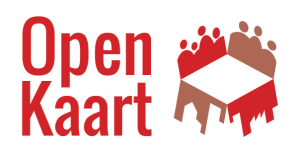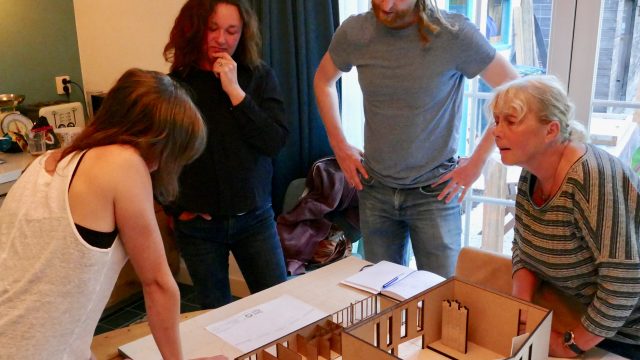The need for vision seems greater than ever. But a vision that actually leads to action doesn’t come from the mind of one exemplary visionary. Within organisations, communities or in area development, vision and co-creation are inextricably linked. Because, to bring a vision to fruition, the story must be a shared one with which people feel a sense of ownership. We experiment together with photographer Rufus de Vries with how users and decision makers can literally take part in the vision for the future.
Every change – from automation to climate change and from cutbacks to a large construction project – can lead to anxiety and to new opportunities. A cohesive story about how we can take on all these challenges helps to build trust. Looking through the lens of a collective vision, rather than one of economic and cultural scarcity, is another important step.
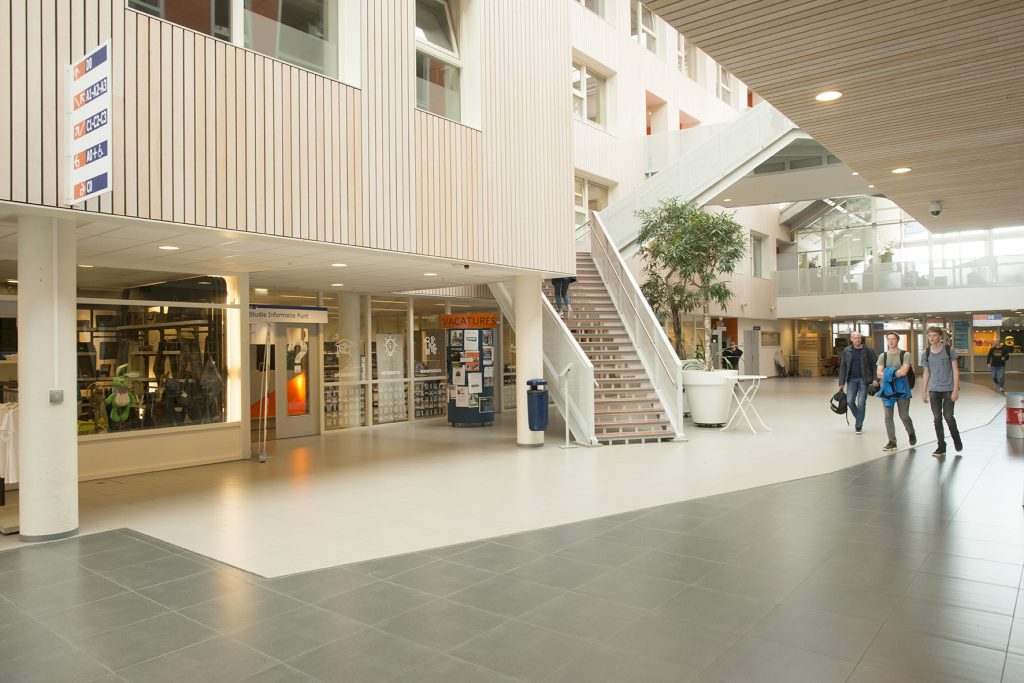
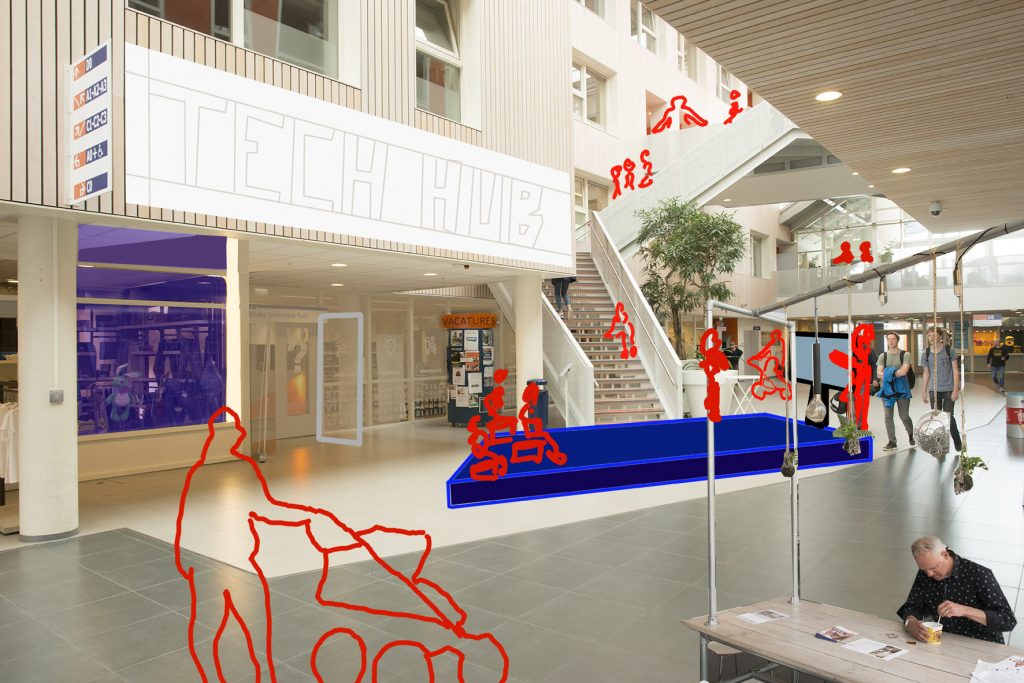

This kind of vision is a shared story that people carry into the future of a place. Every story has the space to zoom in on certain aspects, and to leave others for another moment. A vision is, therefore, also a medium to focus attention on essential tasks. We invite others to think along with us by re-evaluating these tasks. A vision indicates what you want to change or achieve without needing to show exactly how that will happen. If one route doesn’t succeed, then we try another. This is what sets a vision apart from a concrete design.
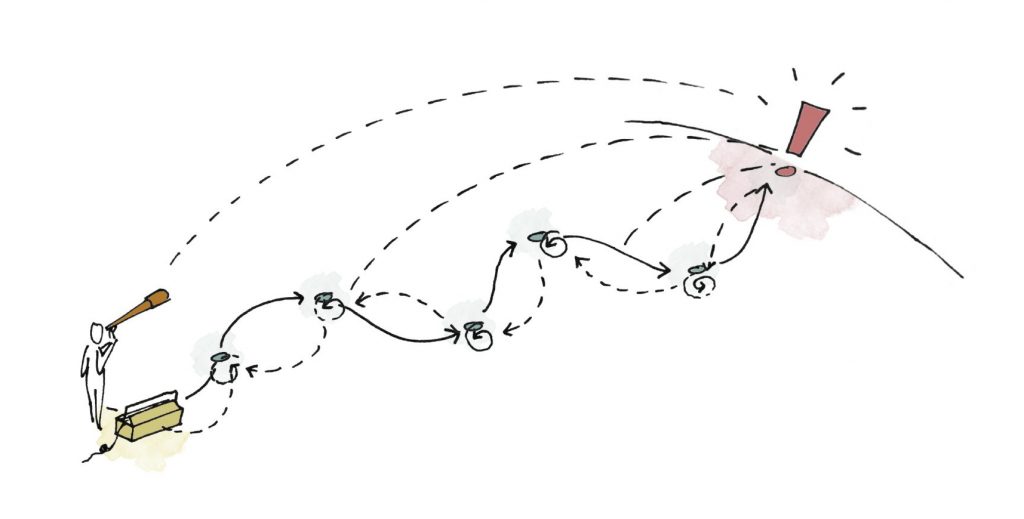
Vision and co-creation: a point on the horizon towards which to work. This creates a learning process where an organisation can move forward in the short term and continue adjusting in the long term. Image: Open Kaart
Ownership
Sometimes you need a vision to make a design, but design studies can also help you arrive at a vision. Discussion begins when possibilities for the future are made visual. And, because decisions about the design must be made before the narrative (vision) is fully formed, potential consequences of the vision are highlighted.
A design can be drowned in aesthetics when a vision is the product of only a designer. The search is then for a narrative where people with different roles and priorities see themselves represented in the story and do something with it. The collective capacity for action increases and new solutions can be developed.
A vision must allow designers, lawmakers, and users to visualise a desired future together.
Photographic pre-enactment
Together with photographer Rufus de Vries we have developed the art of photographic ‘pre-enactment.’ Rufus specialises in capturing spontaneous personal interaction in photos. He documents all our projects in ‘scenes’ with users in the leading role. Tableaus vivantes which record the uses of a space in an engaging and organic way. He doesn’t hesitate to give the people in the photos instructions or to combine different photos into one image. How can you use these resources when there is not yet a finalised project to capture?
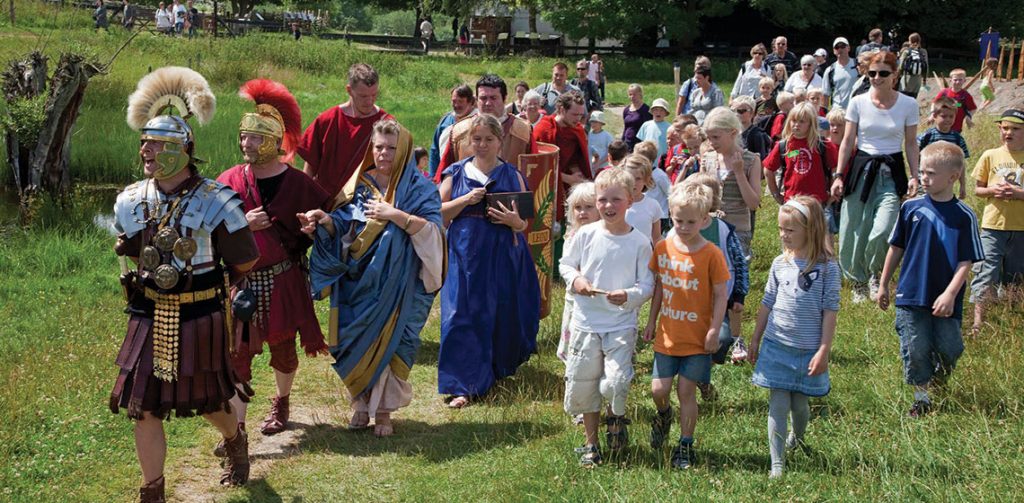
Where re-enactment aims to recreate and relive historical events, pre-enactment is a way to visualise the potential future of a space. By creating these photos with the future users, this process generates ideas, wishes and enthusiasm as well as commitment and connection with the project. Being playful, even ridiculous, in the photos is perhaps the ultimate form of honest ownership.
Being playful, even ridiculous, in the photos is perhaps the ultimate form of honest ownership.
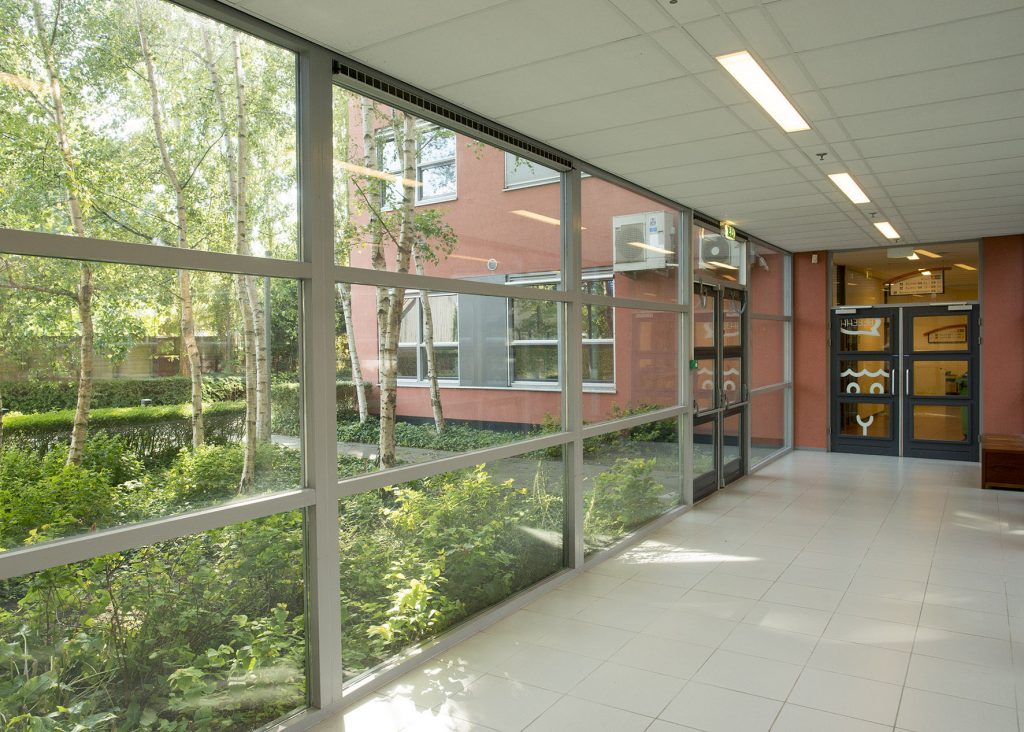
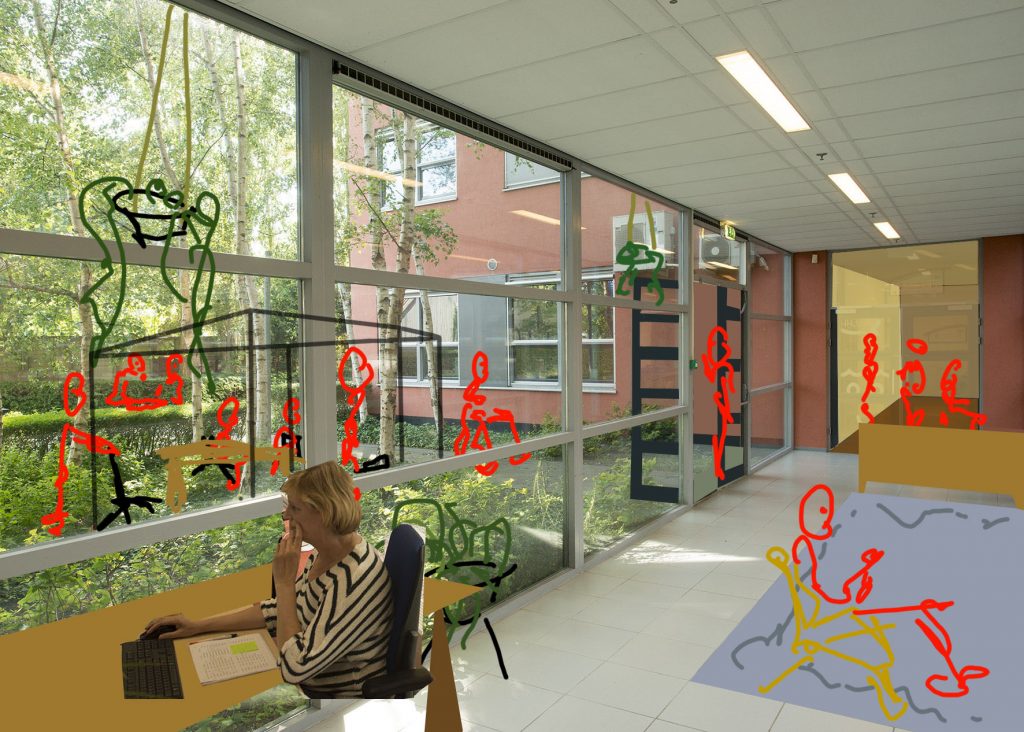
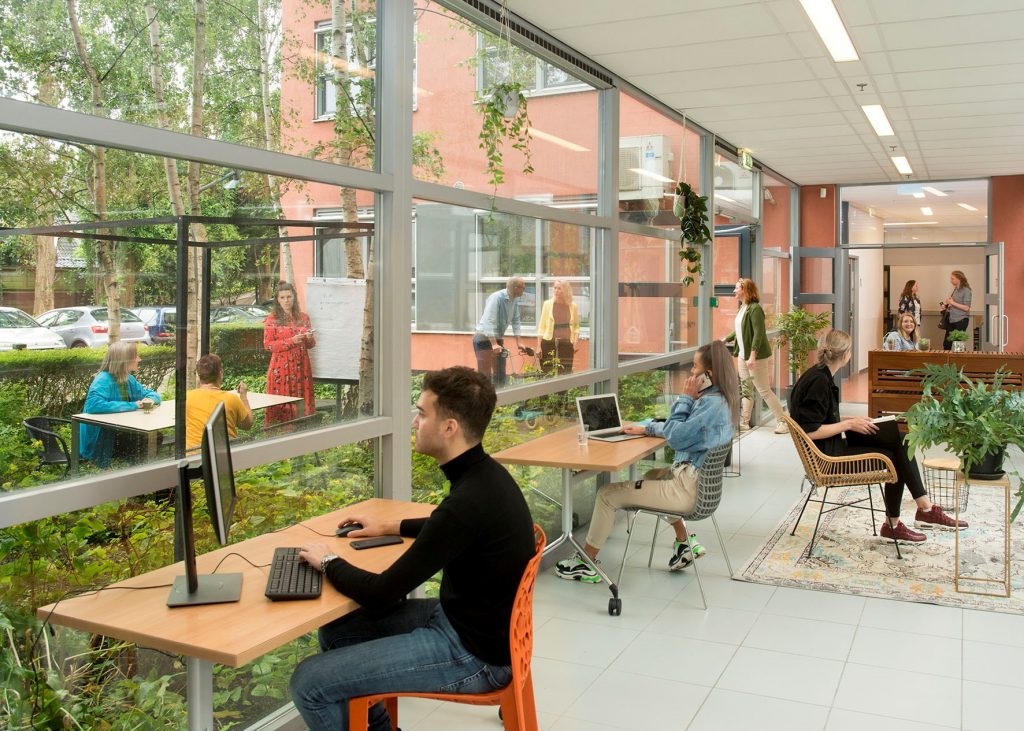
Envisioning new forms of use
Photography may seem the perfect medium with which to imagine the future. It is, however, an art in and of itself not to present a finished spatial design with the photos, but rather to suggest possibilities for the future. The pre-enactment is not a replacement for a realistic rendering, but a tool to awaken the imagination and envision new uses for the space. Part of the impact is making a familiar place seem new or strange: after seeing the photo, you never look at the place the same way again.
After seeing the photo, you never look at the place the same way again.

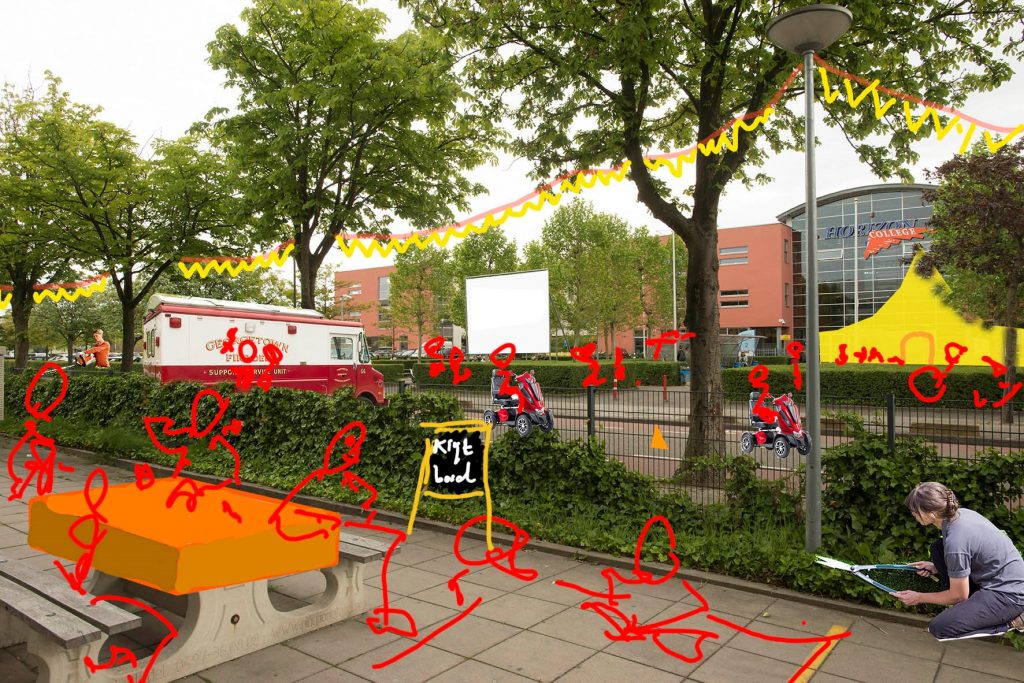
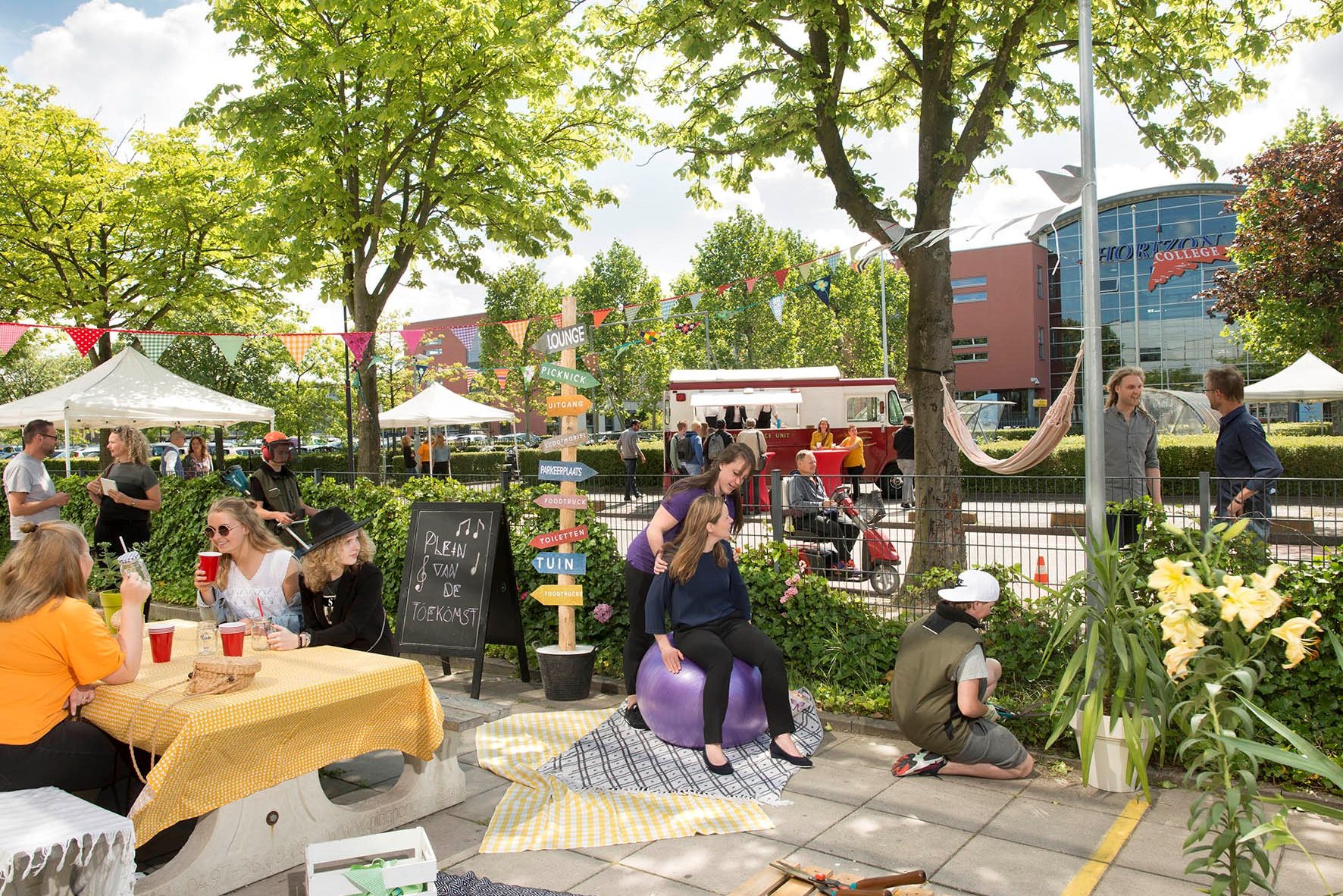
The more complex the design challenge, the greater the need for a vision. Knowing what you want – even if it can’t be (entirely) realised – is, in and of itself, an enhancement. In fact, it begins even with someone who wants to build or renovate a house (how do you imagine yourself living there?) but is more urgent when a larger transition – energy for example – is brought to the table along with the spatial considerations. How can an ROC building improve along with the shifting educational landscape? What is the meaning of a church building in the 21st century? How do we maintain control over the future of our own village? How can the development of a part of the city really mean something for its inhabitants?
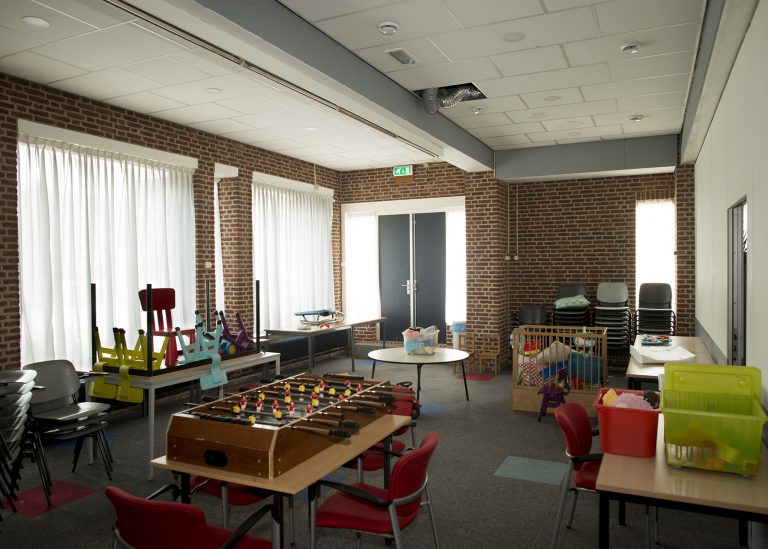
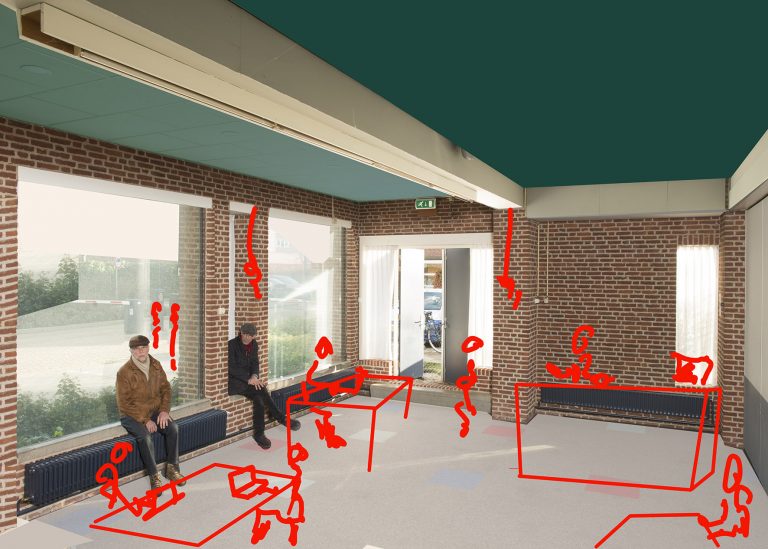
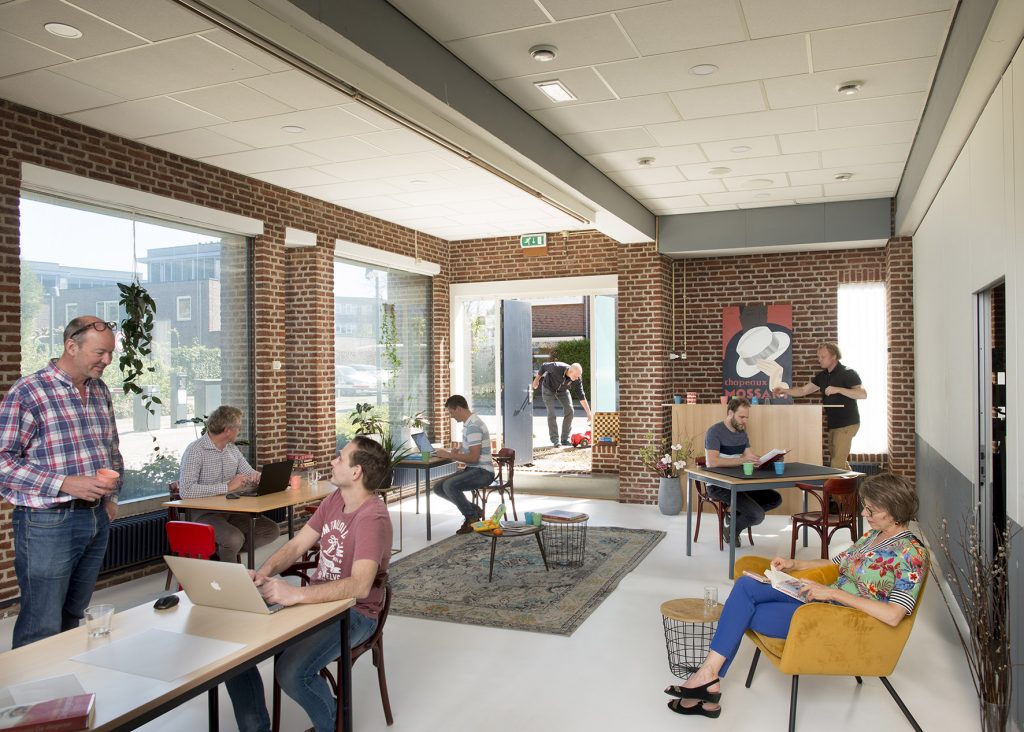
Project commissioning
Creating a vision that moves people to act requires a good contracting party. A strategic development perspective often plays a role in determining qualitative project specifications, but it doesn’t answer the question of how each investment can contribute to the desired future. Space must be made for adaptations and alterations together with the people who will actually put the vision into practice. A plan is then more than just a sum of functional square meters and it provides added benefits in initiative, involvement, support, and identity.
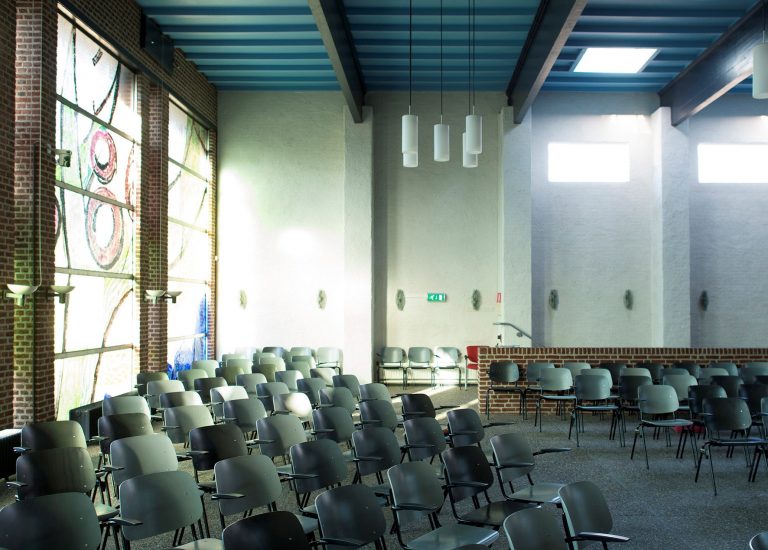
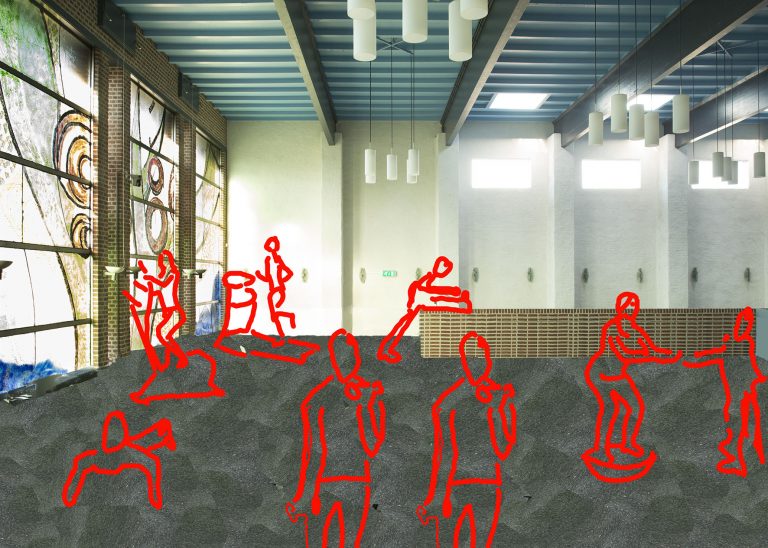
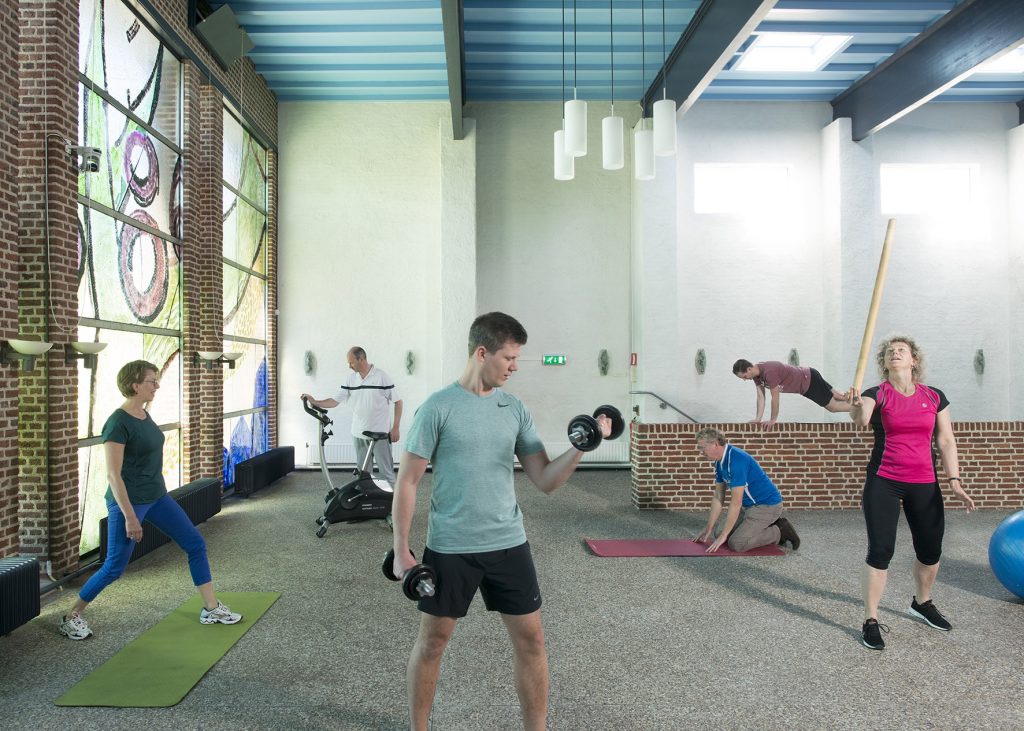
We aren’t finished with the importance of vision forming just yet. We experiment through different projects with the form and formation of stimulating visions. Would your project also benefit from this type of vision, or do you have a fantastic example of how to bring such a vision to life? We’d love to have a discussion about it with you.
